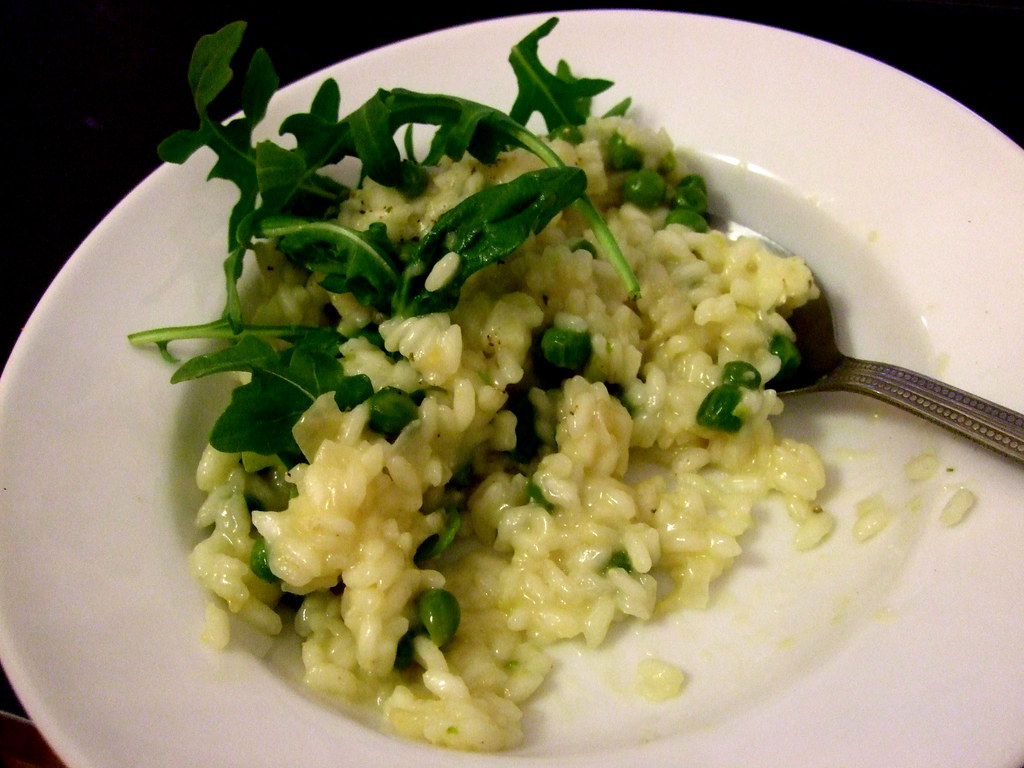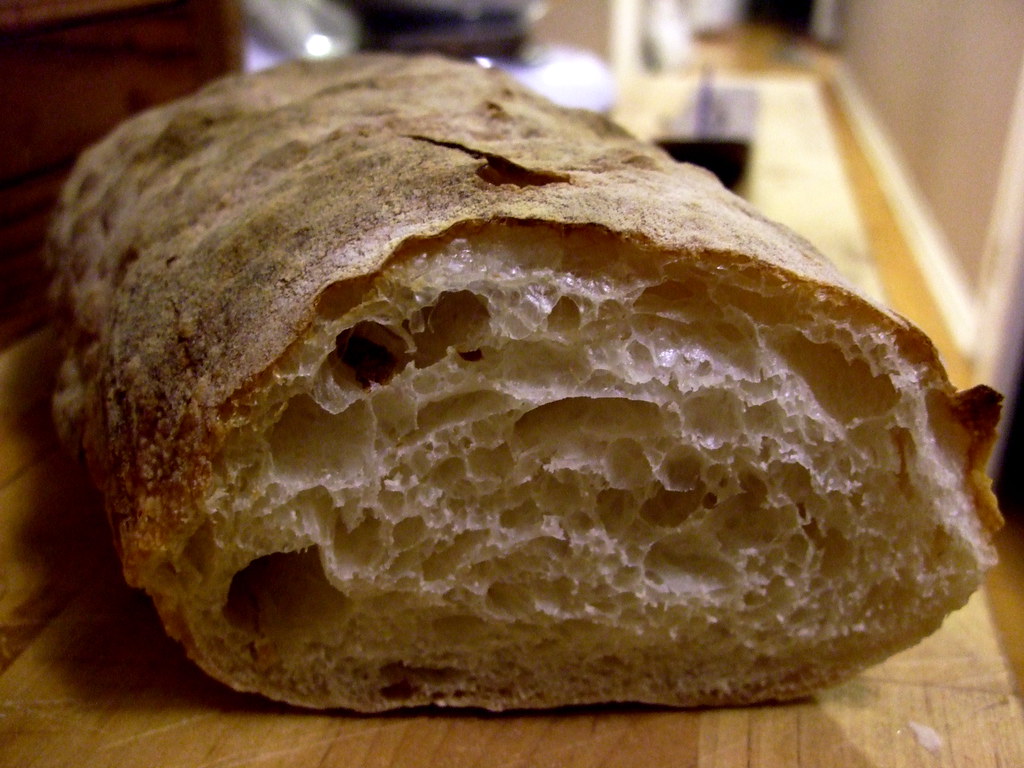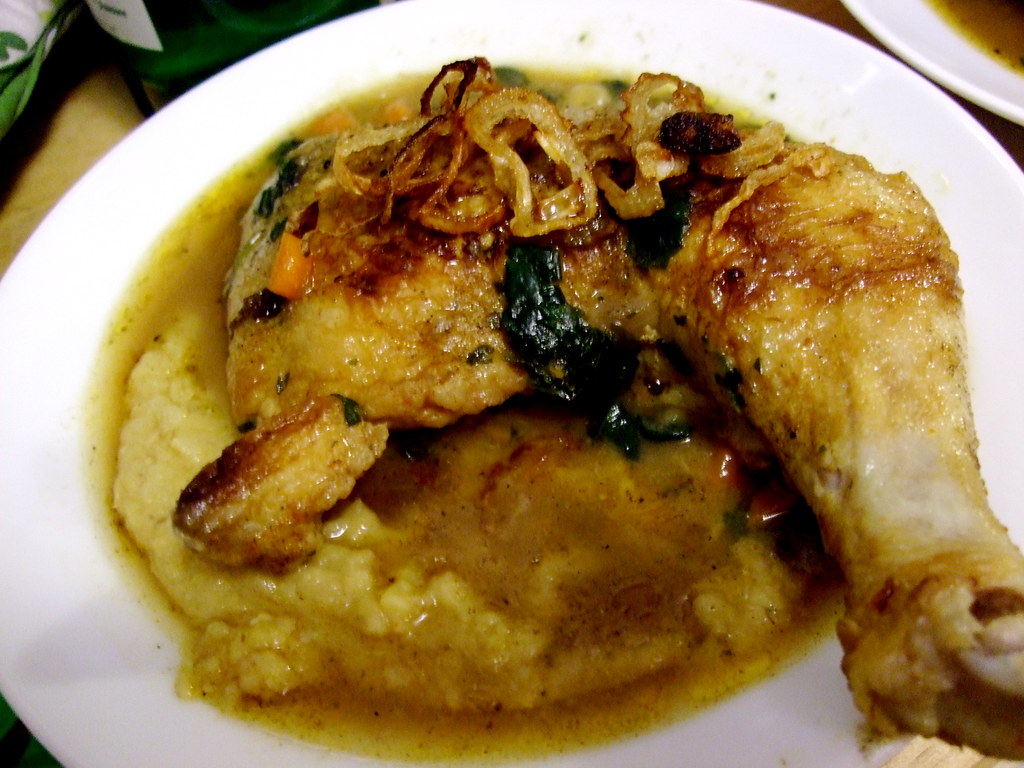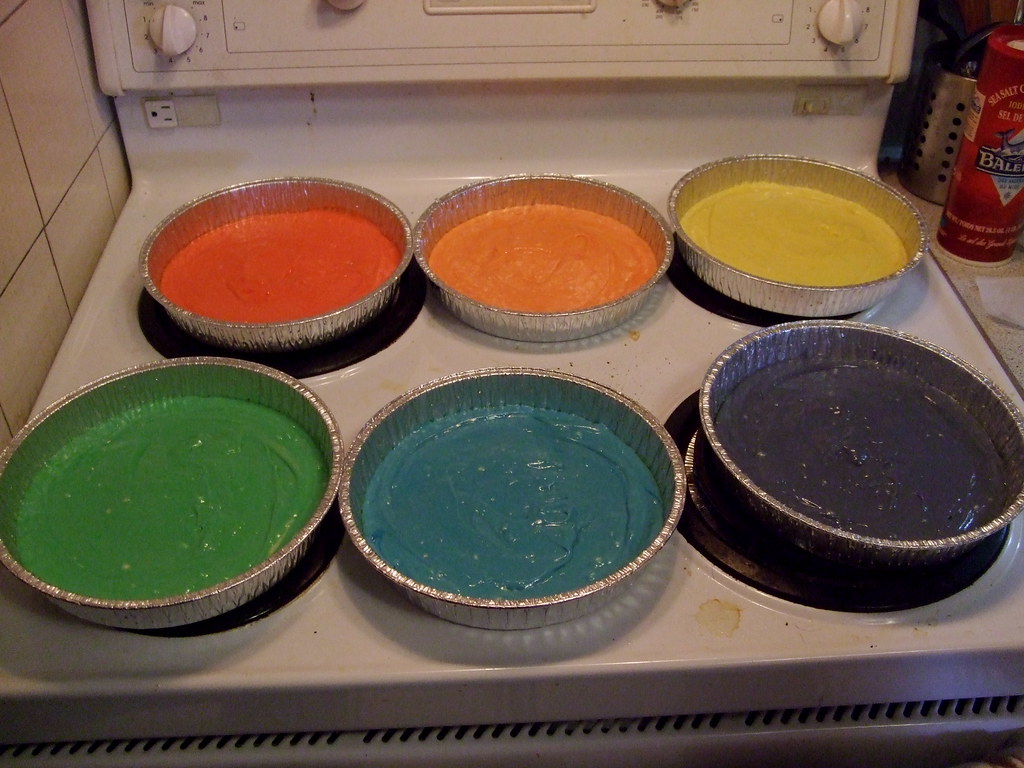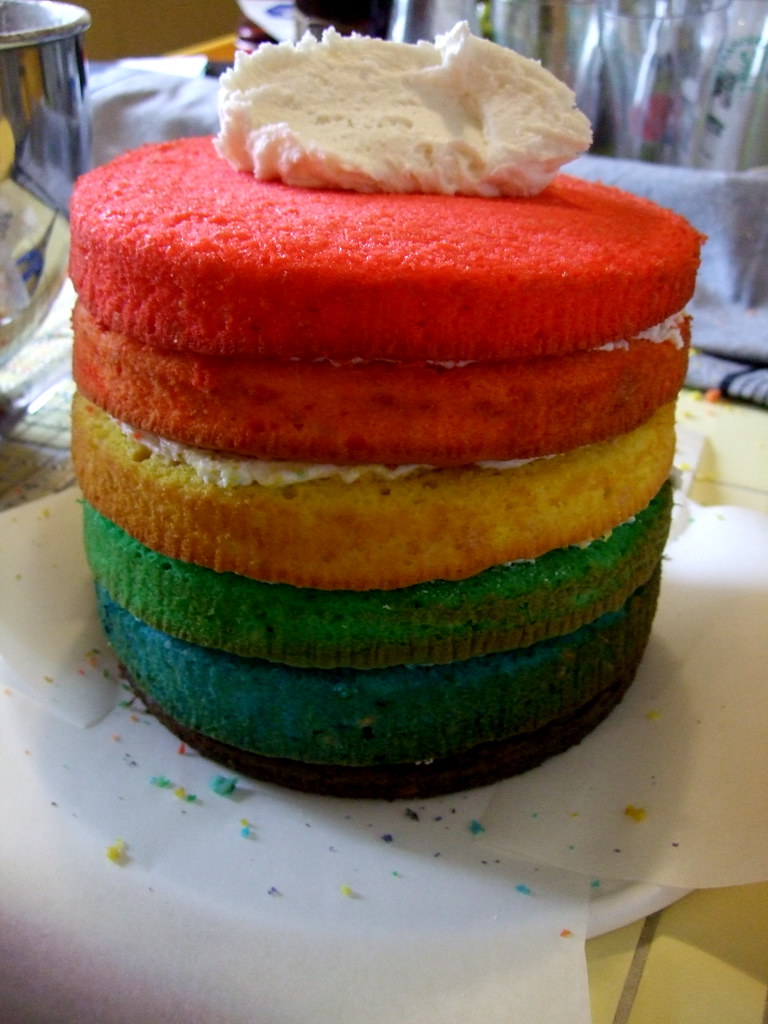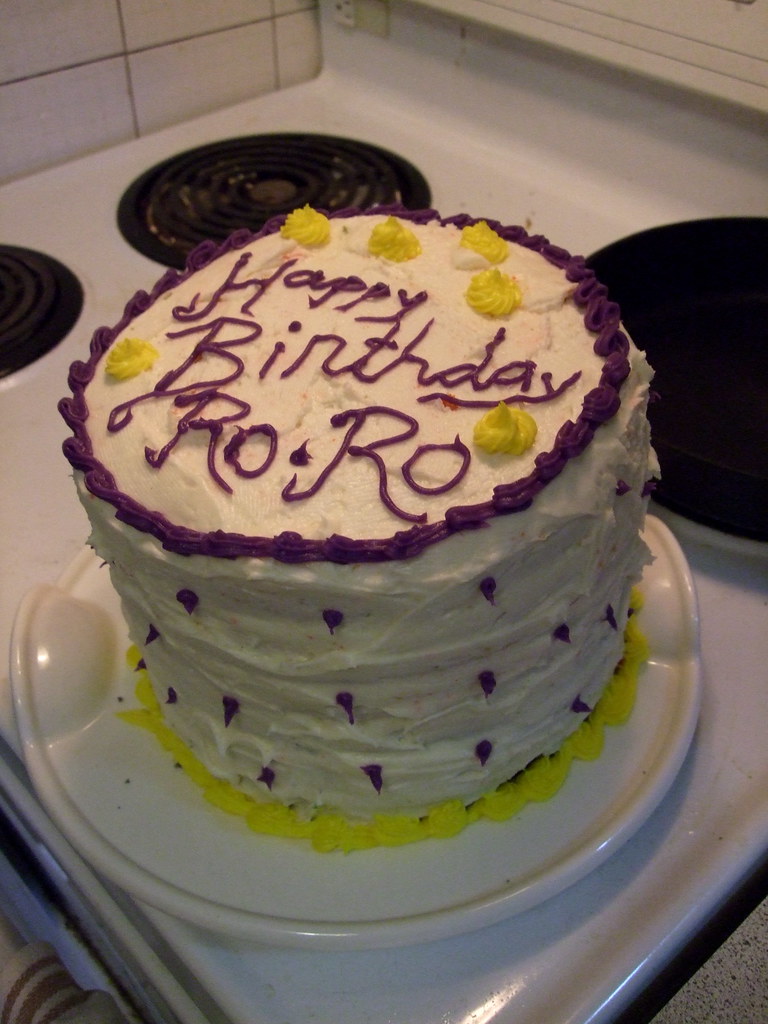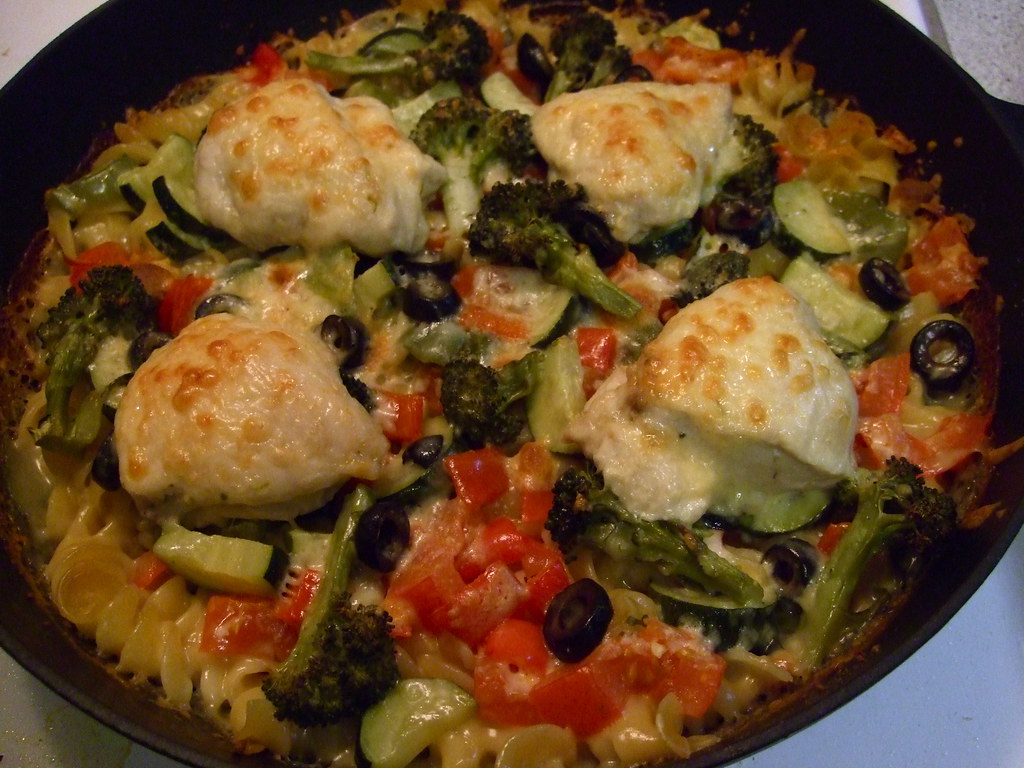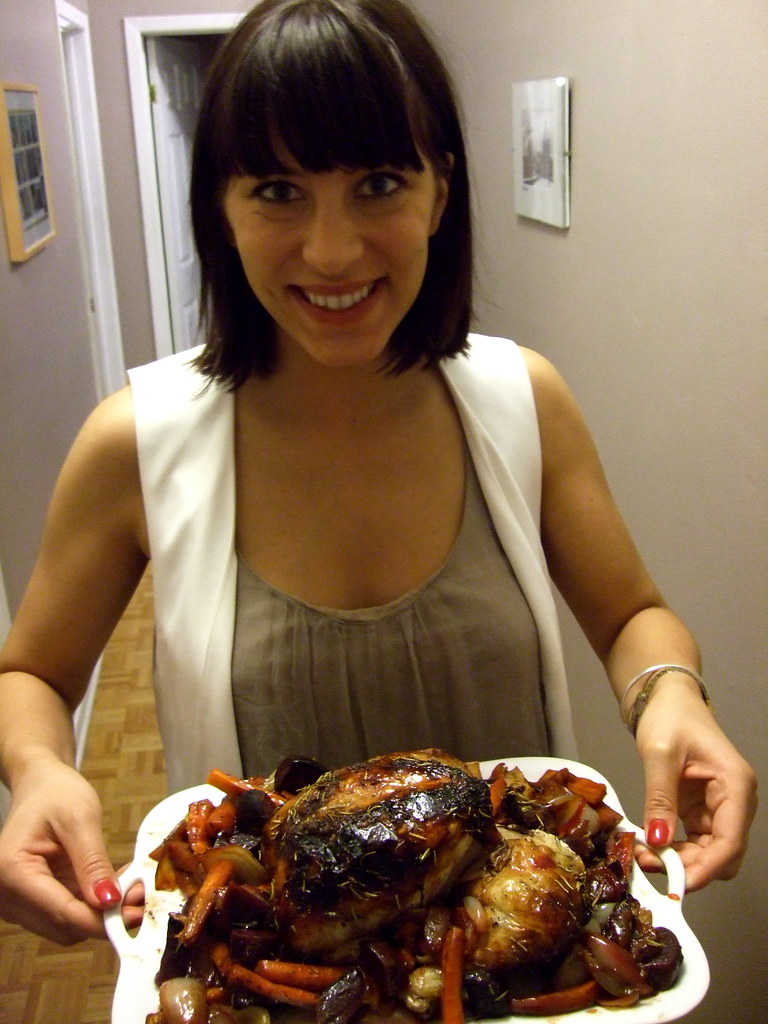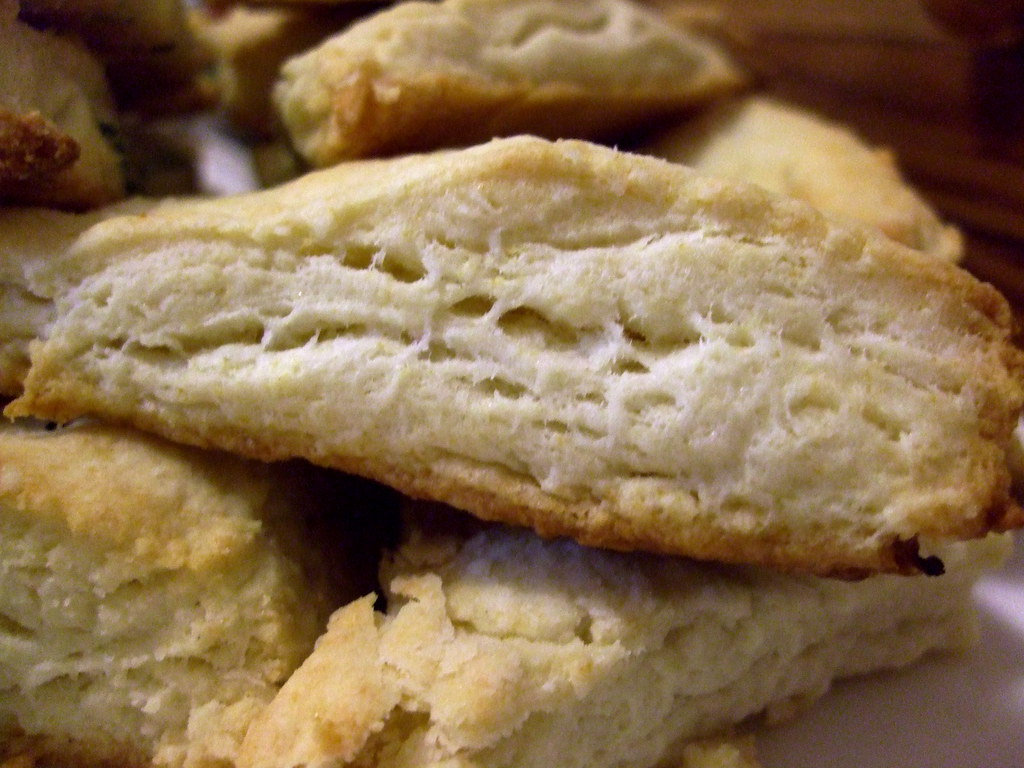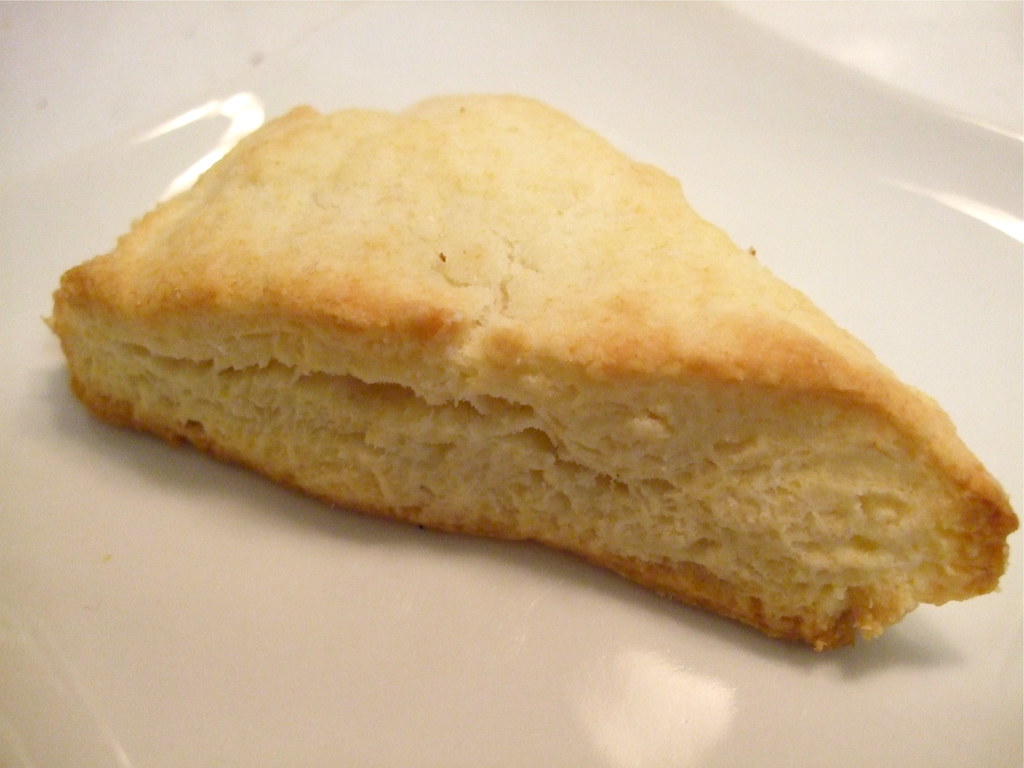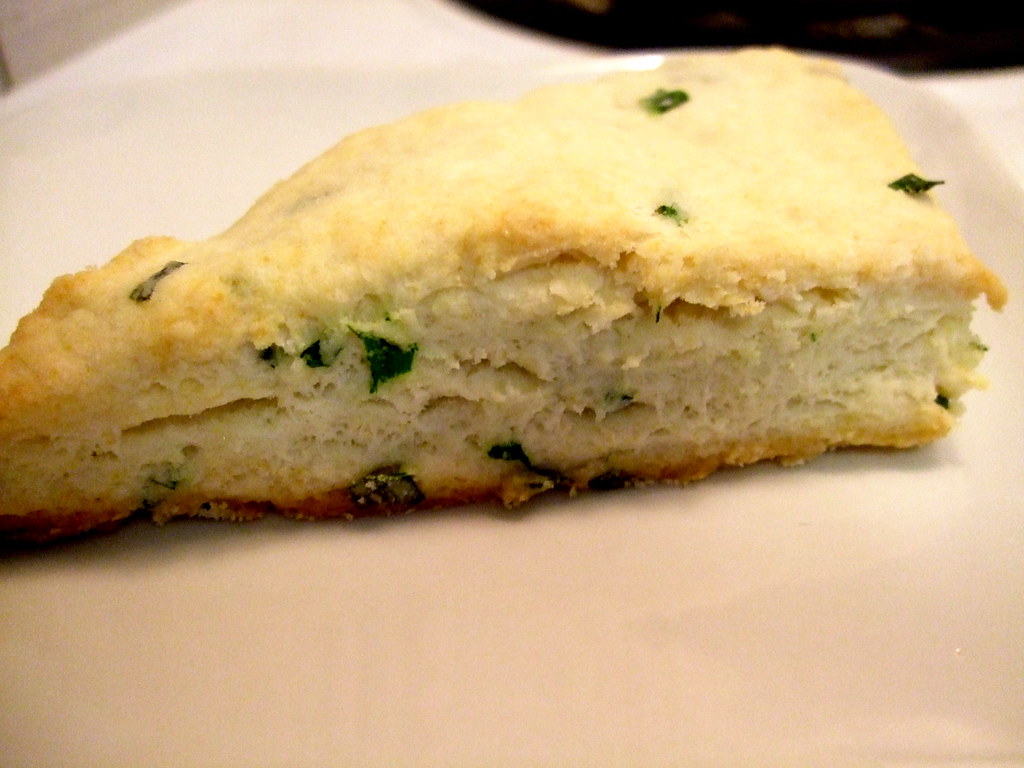
A basic risotto is very simple. Once the basic concept and pattern is established, it's pretty easy to shake things up a bit. You can vary the ingredients to make it more complicated, adding meat, seafood, various vegetables, or mushrooms, or by changing the type of broth or wine used to cook the rice. This here is a pretty basic recipe.
You need:
1.5 c Arborio rice
1.5 c white wine
2 c chicken or veggie stock
1/2 c finely chopped shallots (you can use onions if you must)
3 tablespoons of butter
1 c frozen peas
1/2 c grated Parmesan cheese
Note: you can use medium or short grain rice if you have to, but the Italian Arborio rice really works the best. Also, pick a white wine that you would drink. This is the general rule for cooking with wine. Plus, then you can drink some as you go! :)
What you do:
1. Melt 2 tbs of the butter over medium-low heat in a large saucepan and add the shallots. Cook for about 2 minutes, until they start to get soft. Add the rice and cook for about 3 more minutes, until the rice turns translucent around the edges.
2. Add 1/2 c of the wine and stir constantly (you will hear this a lot) until the liquid is all but absorbed.
3. Add the stock 1/2 c at a time, stirring constantly to absorb all the liquid before adding the next 1/2 c. This will take about 15 minutes.
4. If the stock is gone and your rice is still raw, it's time to add more wine. You should, of course, pour a glass for yourself! Just to make sure it's ok, you understand. Add as much wine as you need, 1/2 cup at a time, as above, until the rice is cooked through but still has a "bite" to it. It is important to add it very slowly because otherwise you might get rice soup and that is no fun.
5. After the stock is gone, add in your cup of peas. They will cook quickly in the wine and rice. When the rice is *almost* cooked and your liquid is almost absorbed, stir in the parmesan cheese and the last tbs of butter.
6. Serve in bowls. I topped mine with a handful of baby spinach leaves and arugula, which added a nice bite to contrast with the sweet peas and the tangy rice. Enjoy, obviously with a glass of wine.

